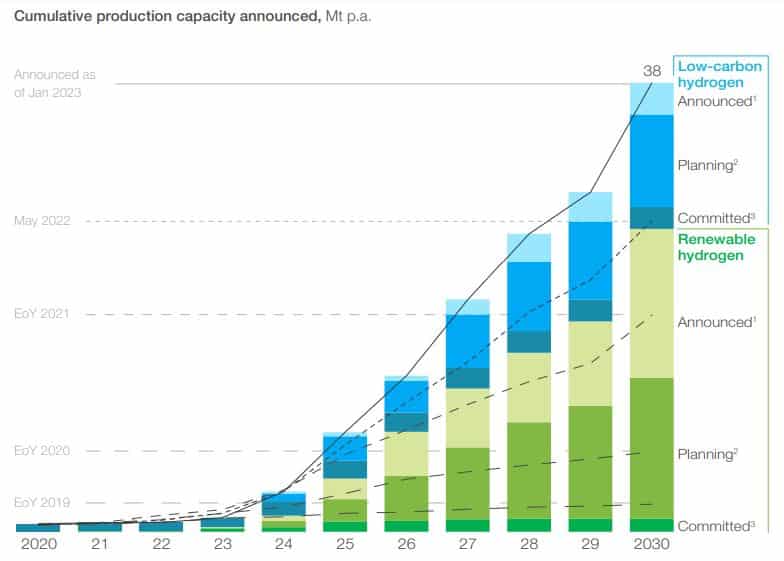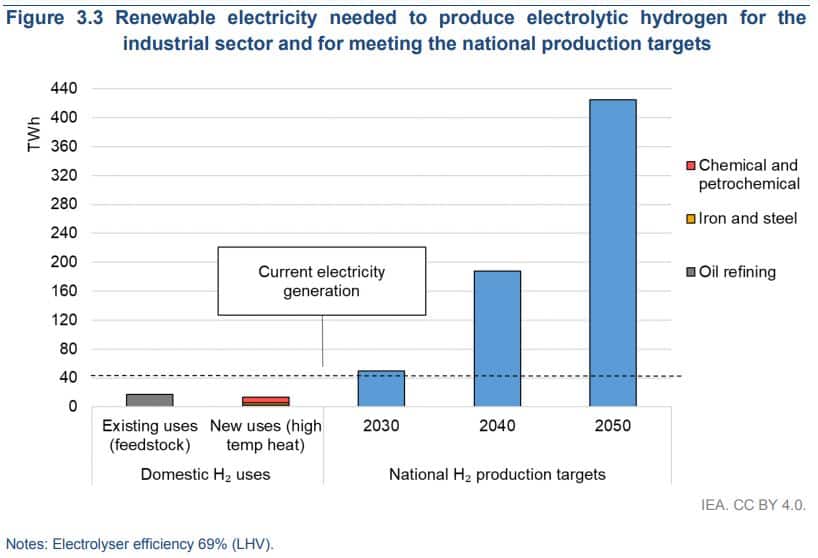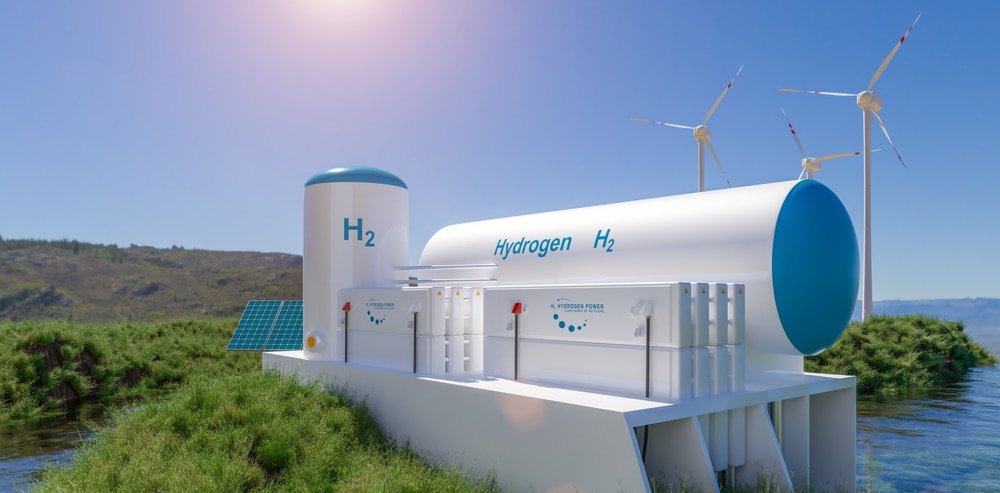Oman Energy Development subsidiary, Hydrom, invites global energy companies interested in sustainable energy to take part in the second round public auction for green hydrogen development in Dhofar Governorate.
Hydrom (Hydrogen Oman) was launched in 2022 to lead and manage Oman’s hydrogen strategy. In this auction, Hydrom will provide participating firms 3 prime blocks from 340km2 – 400km2 especially allotted to green hydrogen production.
The goal is to take advantage of the largest Governorate’s renewable energy resources to establish a strong green hydrogen industry in the sultanate.
Driving Oman’s Green Hydrogen Growth
Interested companies will go through a 3-stage evaluation process to find suitable applicants with robust financial, development, and operational capabilities:
- 1st stage – Minimum Qualification Criteria for financial and expertise
- 2nd stage – Minimum Bid Criteria for project proposals aligning with Oman’s green hydrogen goals
- 3rd stage – Evaluation Framework
This process is to ensure a transparent and fair auction where qualified bidders with the right expertise and alignment are necessary for driving Oman’s green hydrogen growth.
The next phase of the auction will begin this month, with a bid submission due in January next year. Companies wanting to join can find detailed information for the green H2 auction on Hydrom’s website.
Hydrom was officially formed last June when the minister of energy and minerals, Salim bin Nasser Al Aufi, also chairman of Hydrom, signed 6 green hydrogen contracts worth $20 billion from various partners. These include large oil and gas companies such as BP and Shell. These first auction deals aim to produce 500,000 tonnes of green hydrogen each year in Oman.
Now, the overall production target moves up to 1 million tonnes of green H2 by 2030, 3.75 million by 2040, and 8.5 million by 2050, which is more than Europe’s total current H2 demand. If met, Oman will become the world’s 6th biggest exporter of hydrogen by 2030.
Oman’s 2040 hydrogen target is equivalent to 80% of its current LNG exports, while its 2050 goal doubles the volume.
In July, Hydrom revealed that commitments from their green H2 deals increased to $30 billion. In December last year, Oman and the International Energy Agency (IEA) partnered on green hydrogen projects.
Why Hydrogen?
According to the World Bank, the global hydrogen market was valued at $130 billion in 2022. Industry estimates project it to grow by over 9% each year until 2030.
Currently, the hydrogen energy sector is still in its early stages of growth. Producing clean H2 or green hydrogen cheaply remains the biggest challenge for the industry to scale rapidly and globally. Fortunately, hydrogen is highly in demand in some industries and there are incentives in producing green H2.
Mckinsey & Company estimated that the total hydrogen production capacity announced by companies by 2030 increased by over 40% to 38 metric tons per year. This capacity is about half the volume needed to be on track to net zero (75 Mt p.a.).

Total announced direct investments in hydrogen also jumped from $240 billion to $320 billion to date.
While there are plenty of different hydrogen in rainbow colors, green hydrogen is the most desirable in terms of emissions. Green hydrogen refers to H2 produced entirely from renewable sources and in a process using water electrolysis. Other types are blue, gray, yellow, red, pick, and violet, depending on how the gas is produced.
Oman’s hydrogen projects will use electrolysers powered by renewable energy to extract hydrogen from desalinated sea water.
With the country’s bountiful solar and onshore wind resources, plus its huge land sizes for large-scale H2 projects, it can be the largest producer of H2 in the Middle East by 2030, as per IEA analysis.
Additionally, Oman is situated along significant market routes between Europe and Asia, with existing fossil fuel pipelines that transport fuels. This available infrastructure and the country’s expertise in exporting LNG and ammonia benefit Oman in producing and transporting green hydrogen.
Hydrogen is Key for Oman’s Net Zero Goal
Oman’s huge green hydrogen potential plays a crucial role in its net zero target it seeks to reach by 2050.
The sultanate dedicates an area the size of Slovakia to solar power projects to produce green hydrogen. To date, 1,500km2 of land has been earmarked by Oman for green H2 development by 2030. Up to 40x more land has been identified for long-term potential production.
Other Gulf nations are taking a different path by leaning towards a more private sector approach. Qatar outsources H2 production while Bahrain focuses on carbon capture and storage more than hydrogen.
While Saudi is also developing hydrogen, it will not export the gas but use it mostly for steel production. Kuwait, on the other hand, doesn’t have a hydrogen strategy yet in place.

Achieving 2030 production target of renewable or green hydrogen in Oman requires a total investment of around $33 billion. As seen above, this goal also needs 50 TWh of renewable electricity generation, which is more than today’s total capacity.
That needed capacity calls for a massive investment in renewable power in the Sultanate. Yet, it will also bring the benefits of reducing domestic use of natural gas by 3 billion m3 and avoiding 7 million tonnes of CO2 emissions each year.
Reaching its green hydrogen targets would significantly contribute to Oman’s clean energy transition and net zero emissions goal. The Gulf nation’s ambitious initiative signifies that major fossil fuel producers can also make key changes to their energy mix and embrace a more sustainable and greener strategy.
Disclosure: Owners, members, directors, and employees of carboncredits.com have/may have stock or option positions in any of the companies mentioned: FHYD.
Carboncredits.com receives compensation for this publication and has a business relationship with any company whose stock(s) is/are mentioned in this article.
Additional disclosure: This communication serves the sole purpose of adding value to the research process and is for information only. Please do your own due diligence. Every investment in securities mentioned in publications of carboncredits.com involves risks that could lead to a total loss of the invested capital.

